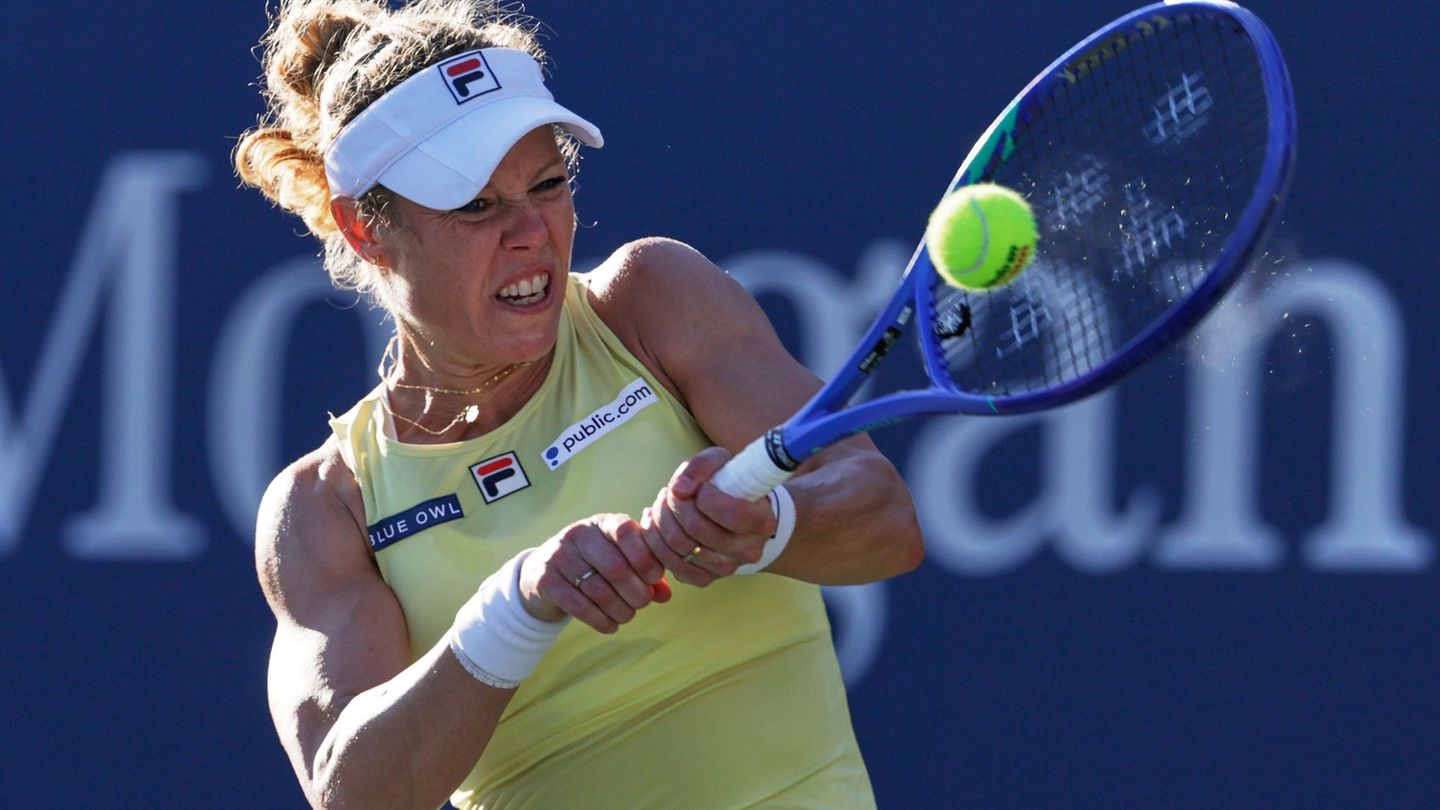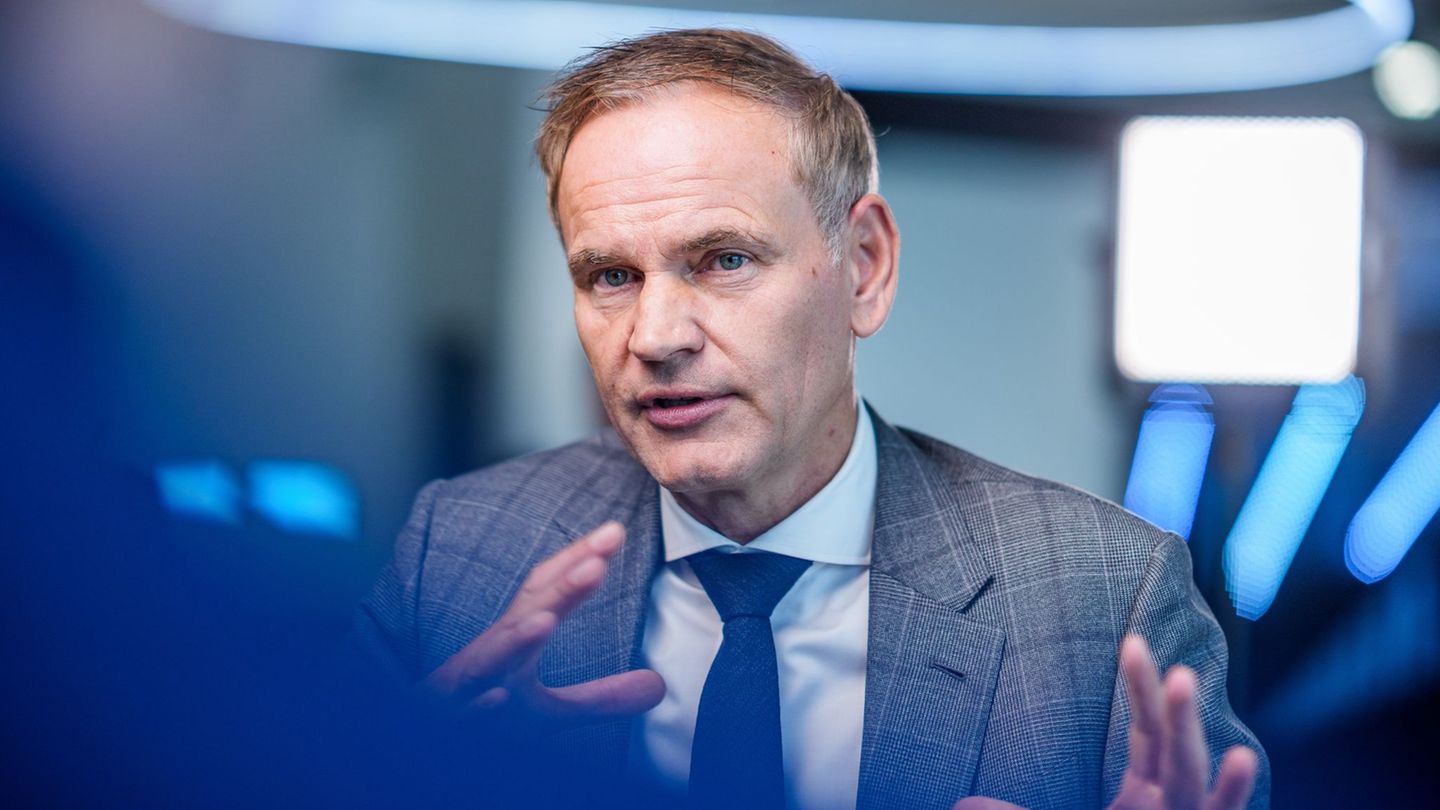Image: VOLKER Weihbold
This emerges from a publication by the Verkehrsclub Österreich (VCÖ). In addition, compared to 1990, it shows the highest increase in consumption of all sectors. According to the VCÖ, with reference to an online specialist conference, the energy requirements of transport could be significantly reduced with the measures available today.
“Traffic is a focus of multiple energy problems: It requires too much energy overall, the proportion of oil is extremely high and it shows the largest increase compared to 1990. The success of the energy transition in Austria leads to a comprehensive traffic turnaround,” said VCÖ expert Lina Mosshammer on the results of a current VCÖ analysis.
Around a third of the total energy requirement goes into transport. According to the VCÖ, energy requirements increased by 68 percent from 1990 to 2021, twice as much as that of households. The VCÖ blames motor vehicle traffic for the significantly higher energy consumption. After all, this has increased from 181 petajoules in 1990 to 318 petajoules in 2021, while the energy requirements of the railways have fallen from 9 petajoules in 1990 to 7 petajoules in 2019. At the same time, the number of kilometers traveled by train has increased by around 50 percent.
It is also important for the VCÖ that oil supplies around 92 percent of the energy for car traffic and that traffic is the largest consumer of oil with a total of 80 percent. According to the VCÖ, that was 313 petajoules per year. Of this, 292 petajoules, 93 percent, were in the engines of motor vehicle traffic. Accordingly, motor vehicle traffic required seven times as much oil as households. And despite the decline caused by the pandemic, air traffic consumed almost twice as much as agriculture, according to the VCÖ analysis.
The high energy consumption can only be sustainably reduced by switching to renewable energy sources and efficient technologies, explained Holger Heinfellner from the Federal Environment Agency at the online conference of the VCÖ. “For the mobility of the future and a climate-neutral Austria, there is no way around avoiding, shifting and improving traffic.”
Source: Nachrichten




